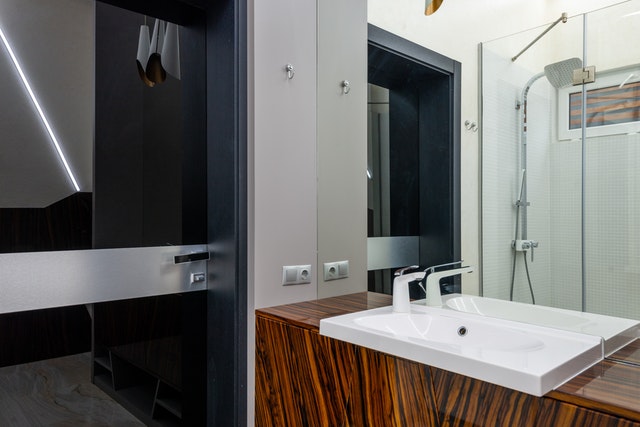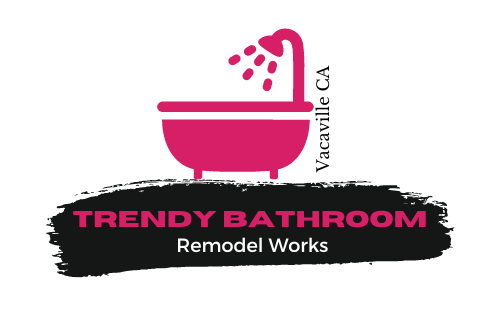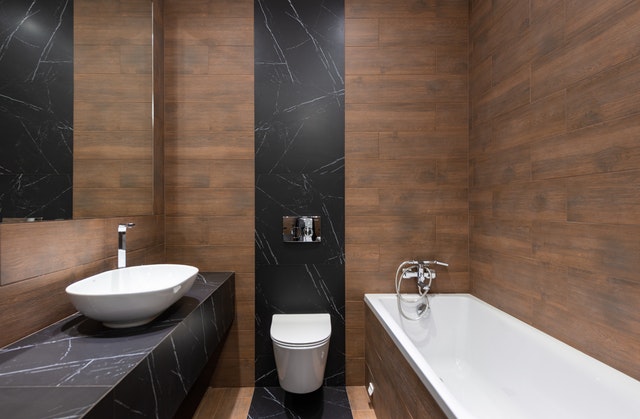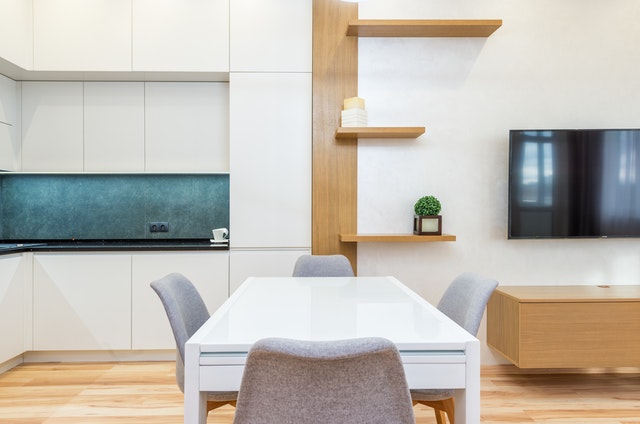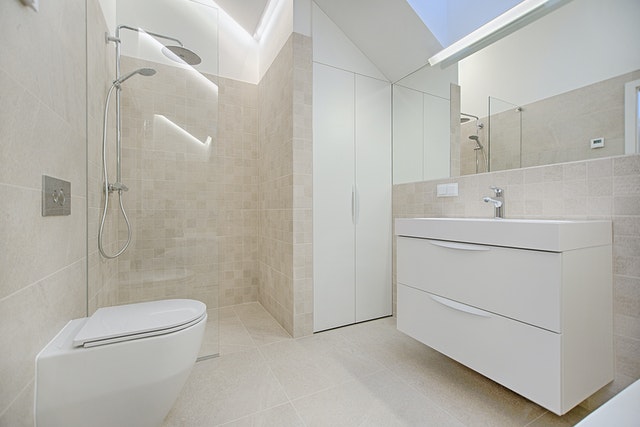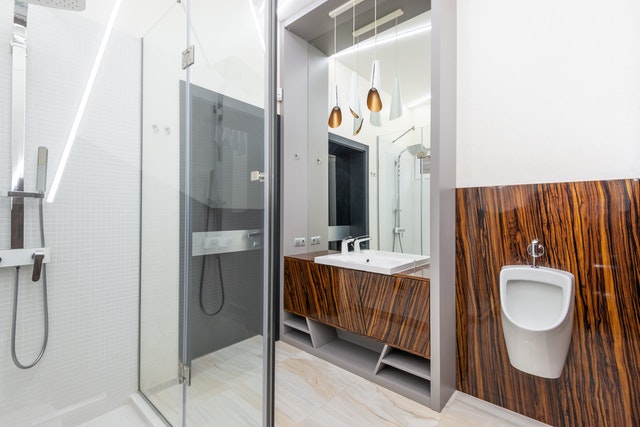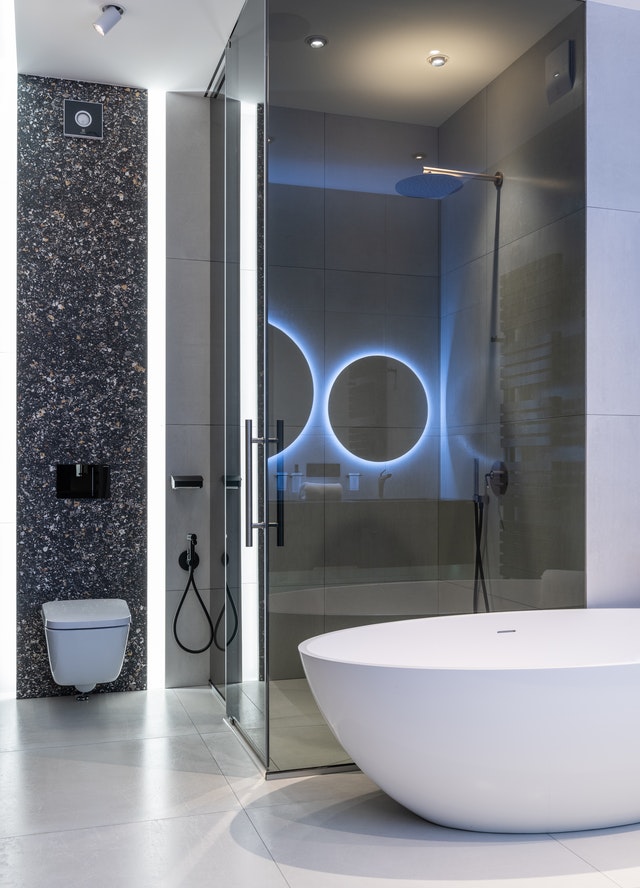Particleboard, Mdf, and Plywood
These are the three most common types of construction material used in cabinetry.
Particleboard is the lowest-quality material, made of wood shavings compressed into sheets. It is typically used in stock cabinets.
Medium-density fiberboard (MDF) is an engineer wood, is very dense, and is generally used in mid-range cabinetry.
Plywood is most commonly used in higher-end and custom cabinetry, as it is stronger and less prone to warping than the other materials.
Laminate and Wood Veneer
On top of the base cabinet construction material is an exterior material that gives the cabinet its look and feel. Laminates are the “plastic-y” feeling coatings used in lower-end cabinets; these coatings often peel or chip and are difficult to repair. Wood veneers are common, with typical wood species including oak, cherry, and maple in a variety of colors.
For typical low-to medium-end rehabs, I will typically use a framed, semi-stock cabinet made of MDF with a wood veneer. These are often available through local cabinet suppliers or special order through big-box stores and provide a great tradeoff in terms of affordability and visual appeal. Additionally, most semi-stock cabinets can be matched to bathroom vanities, which will ensure that your kitchen and bathrooms have a nice flow and common appearance.
For countertops, you have several choices, with the most common being laminate and granite.
Laminate
Laminate is probably the most cost-effective countertop material. Made of particleboard with layers of bonded plastic adhered to the top, you can find laminate in hundreds of colors and styles, including both matte and gloss finishes.
While laminate is inexpensive, it isn’t nearly as durable as higher-end countertops and is prone to scratching and burning.
Granite
Granite is the most common higher-end counter-top material is made of real stone-namely, granite. It comes in a range of colors, is scratch and heat resistant, and can give a kitchen a big “wow” factor. That said, granite is a good bit more expensive than laminate, and generally takes much longer to fabricate and install.
Personally, for my low-end rehabs, I use laminate countertops with a specific color and high-gloss finish that makes it look like granite. This is appealing to my lower-end buyers, but don’t be fooled-the countertops may begin to show signs of wear within a few years. For my mid-level rehabs and above, I use granite. This adds quite a bit to the price, and also adds to the schedule, but in my area, it’s a must-have in any property over $200,000. For my lower-end rehabs where I just want a bit of an advantage over the competition, I’ll upgrade to granite countertops in the kitchen but use laminate countertops for the bathroom vanities. This saves some money but still gives a nice “wow” factor in the kitchen.
There are several other mid-grade countertop materials, including solid surface countertops and Corian countertops; but in my opinion, if you’re going to use either of these, it’s worth a little bit extra for the granite.
Which type of cabinets and countertops you use will be highly dependent on your area and your competition. I recommend that you don’t try to skimp when it comes to cabinets and countertops, as they will make a big difference when trying to sell your house.
